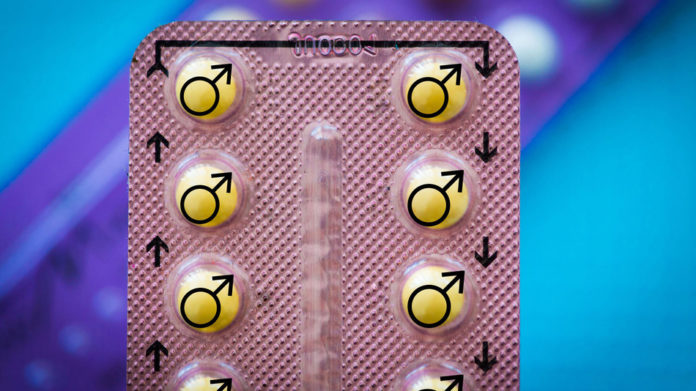4 ways birth control has completely changed how you live

Here’s a fun fact about the pill: You have a constitutionally protected right to buy and use it.
That hasn’t always been the case. Hormonal birth control became widely available in 1960, but more than 20 states banned sales of the pill, making it effectively impossible to obtain.
That all changed on June 7, 1965, when the Supreme Court ruled in Griswold v. Connecticut that the constitutional right to privacy protected birth control access and use.
While that landmark decision at the time only applied to married couples, it did fundamentally change the American public’s relationship to sex and childbearing.
#Griswold50 helped affirm a woman’s right to make her own health choices—we must protect that historic step forward & keep building on it.
— Senator Patty Murray (@PattyMurray) June 3, 2015
Almost a decade later the Supreme Court used the Griswold v. Connecticut precedent to protect birth control access as a right for unmarried couples. The right to privacy became the central consideration in subsequent cases regarding sex and reproductive health, including most famously in the abortion rights case Roe v. Wade.
“We look back on [Griswold] as a history-making case that took birth control from being an idea to being a reality in millions of women’s lives around the country,” Eric Ferrero, vice president of communications for Planned Parenthood Federation of America, told Mashable. (Estelle Griswold was the executive director of Planned Parenthood in Connecticut, and was arrested after opening a birth control clinic in New Haven, Connecticut.)
On the 50th anniversary of Griswold v. Connecticut, Americans are still fighting over contraception — who should get it, who should pay for it, and whether its very existence violates religious beliefs.
Despite those controversies, research shows that birth control has led to significant gains for women, such as increased earnings and a better shot at completing college. Contraception even improves the lives of children by giving their mothers the power to plan for parenthood.
And while birth control obviously affects women, it has also led to collective societal gains, like a reduced teenage pregnancy rate and decreased public health spending on unplanned pregnancies.
If you’ve taken birth control and its advantages for granted, here are four reminders of just how much it has impacted your life:
1. The wage gap is smaller thanks in part to birth control.
Women earn $0.78 for every dollar a man earns, but research indicates this wage gap would be even greater if it weren’t for birth control. An analysis [PDF] co-authored by Martha J. Bailey, a research associate at the National Bureau of Economic Research, estimated that the pill accounts for 10% of the narrowing wage gap in the 1980s and 30% in the 1990s.
Birth control has had an unparalleled effect on narrowing the wage gap. #Griswold50 pic.twitter.com/p5YkRys9yy
— Cecile Richards (@CecileRichards) June 3, 2015
2. More women have entered highly skilled jobs as a result of contraception.
Around 1970 women abruptly began changing their career choices to include professions like law, medicine, business and dentistry, according to a 2002 research paper [PDF] published in the Journal of Political Economy. The percentage of female lawyers and judges, for example, increased from 5.1% in 1970 to 13.6% in 1980 to 29.7% in 2000. Similar trends are noticeable for female physicians, dentists and engineers. The paper’s authors argue that access to the pill both increased the age at which women first married and the rate at which they entered professional school.
3. Access to birth control means you’re more likely to complete college.
Studies have shown that women who can access birth control are more likely to enroll in and complete college. A 2005 analysis [PDF] found that getting the pill before 21 was a critical factor in helping college women stay enrolled in school. Bailey’s 2012 paper [PDF] also shows significantly higher rates of college enrollment for women who could get the pill by age 18, in 1970.
4. When a mother uses birth control, it improves her children’s lives.
It may seem counterintuitive, but contraceptives can be good for children’s health and educational outcomes in the long run. Research has shown that kids born in the wake of federal family planning programs were less likely to live in poverty both as children and as adults. And when parents have access to birth control, research shows it positively affects their children’s ability to finish college and their future earnings.

Image: Mashable Composite, Flickr Outcast104
Have something to add to this story? Share it in the comments.
